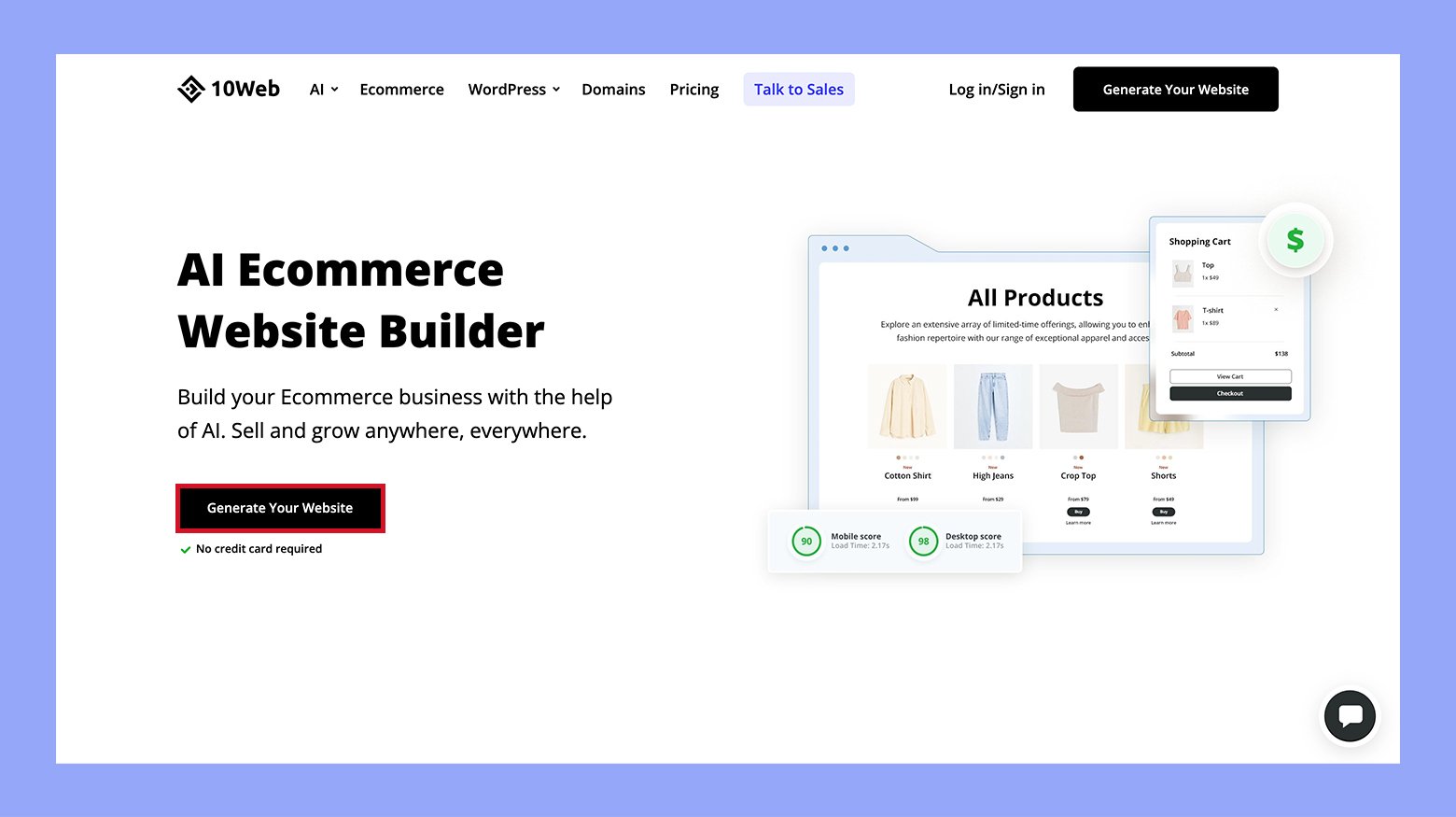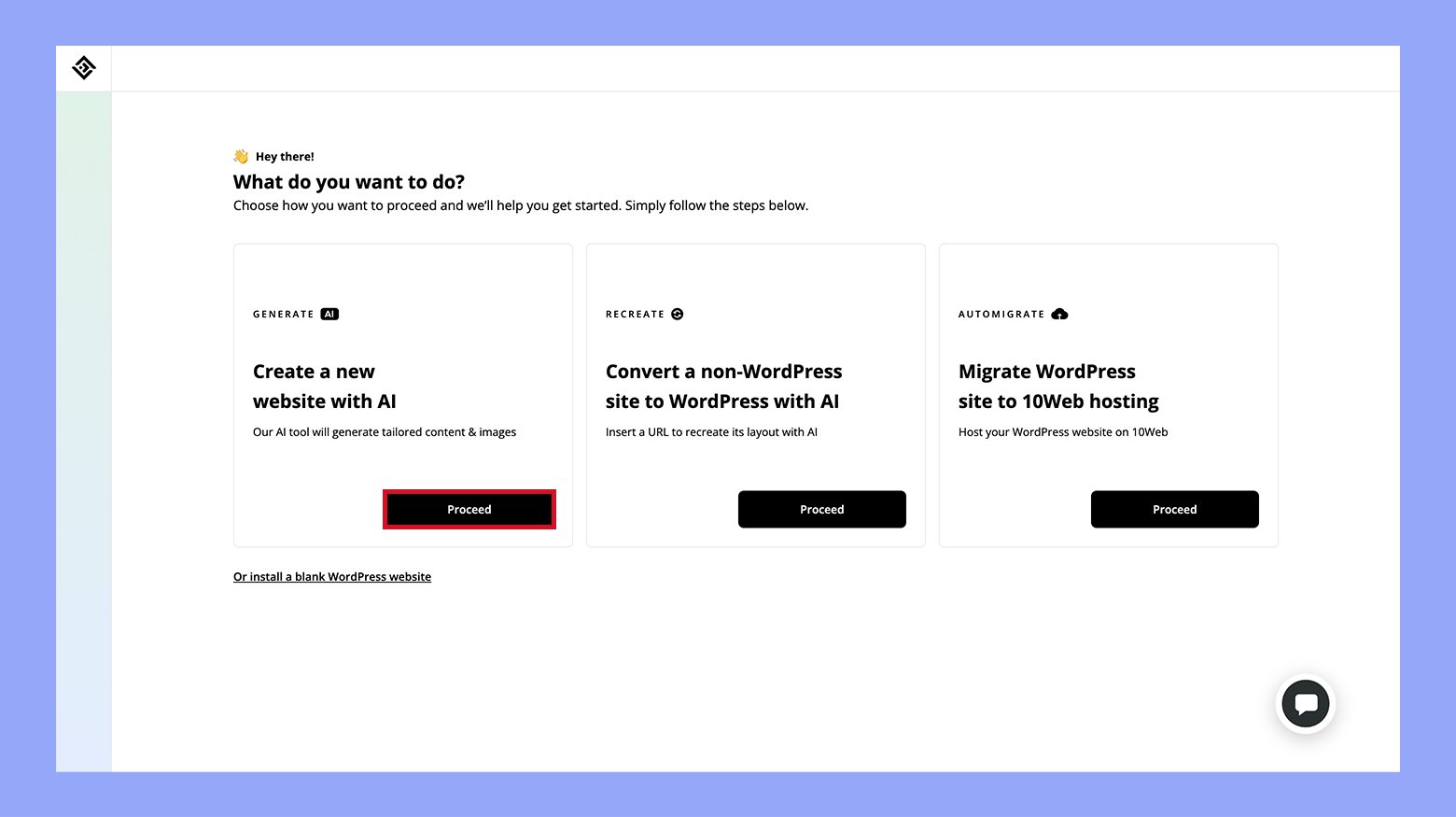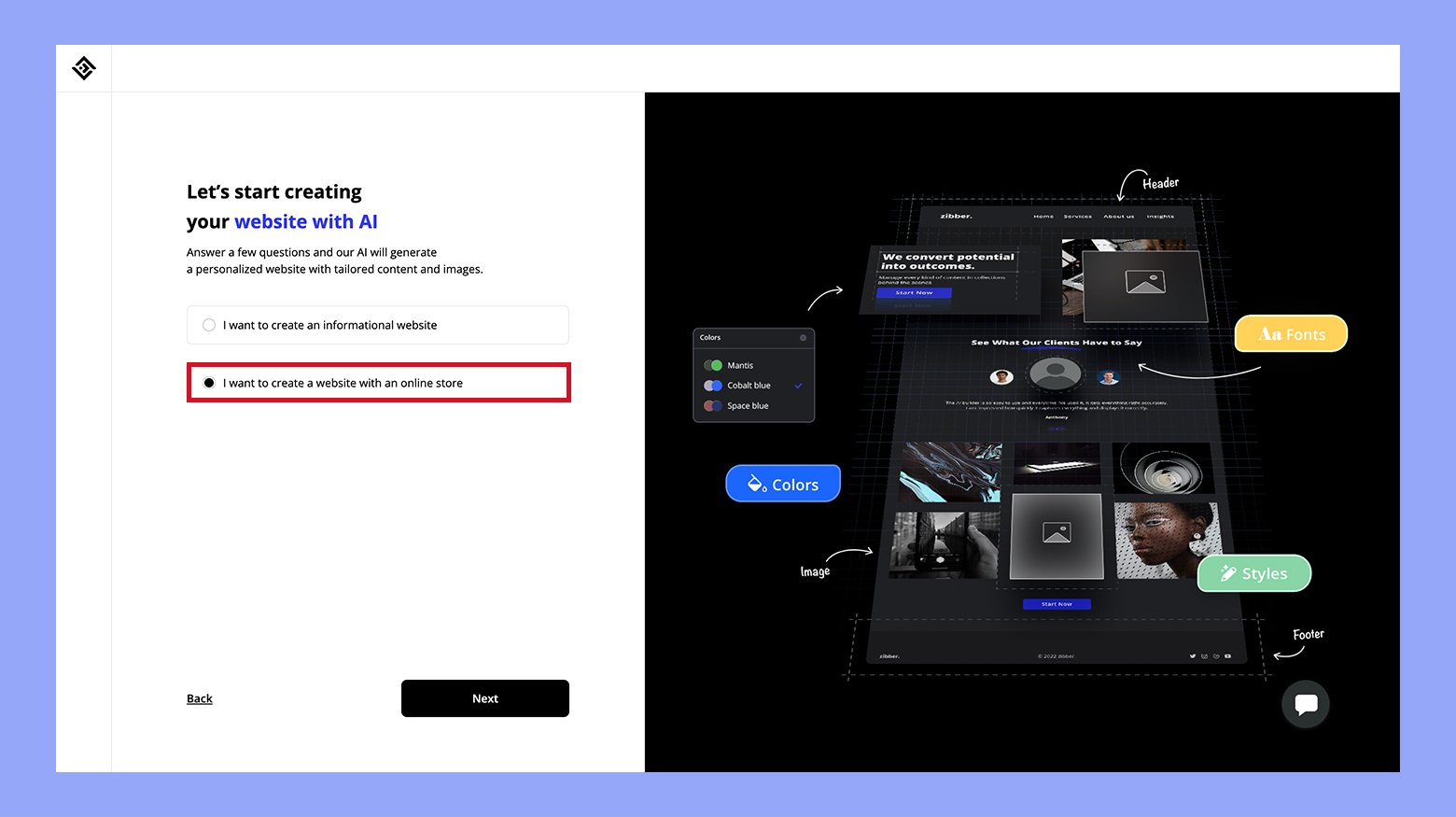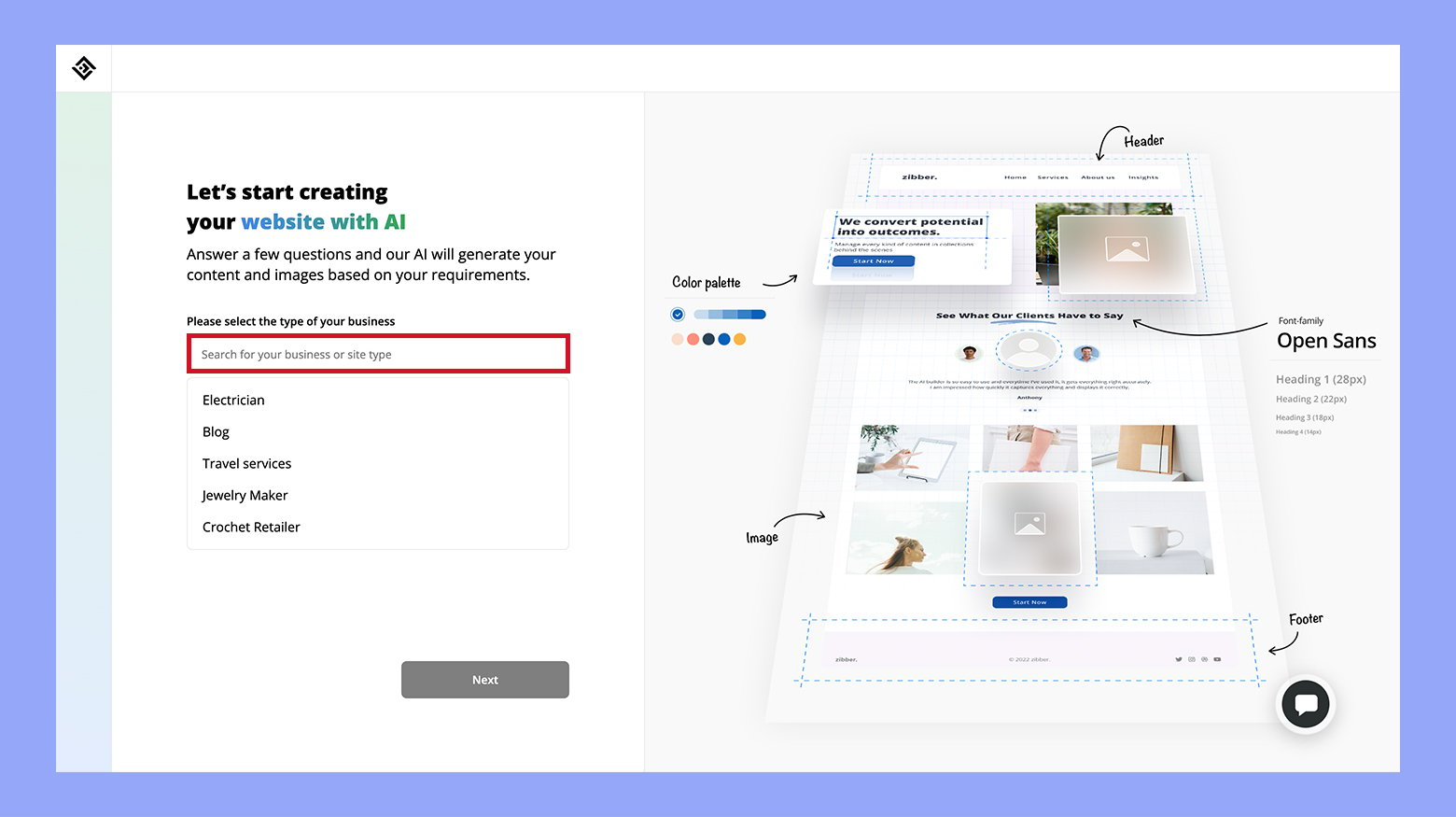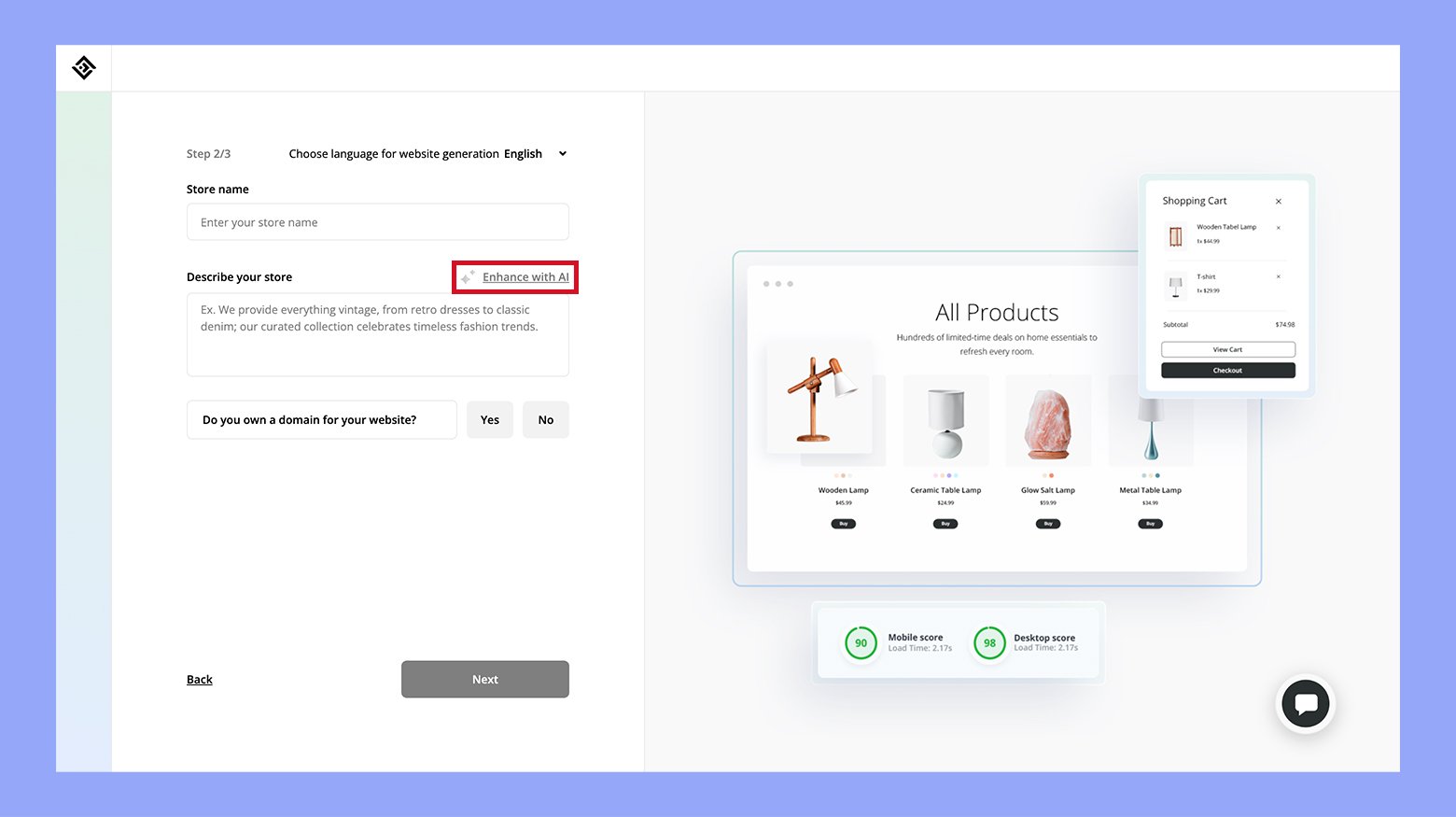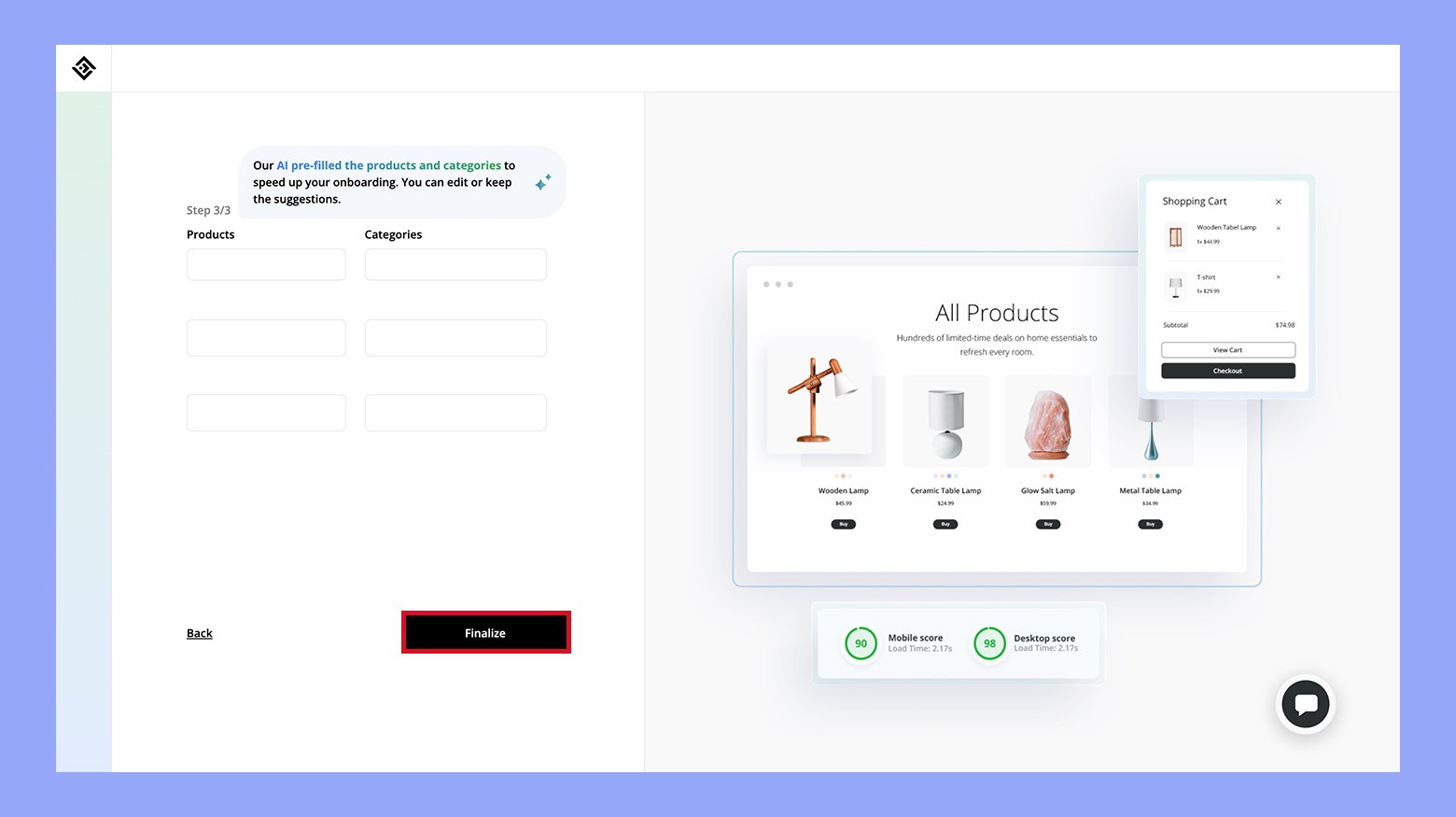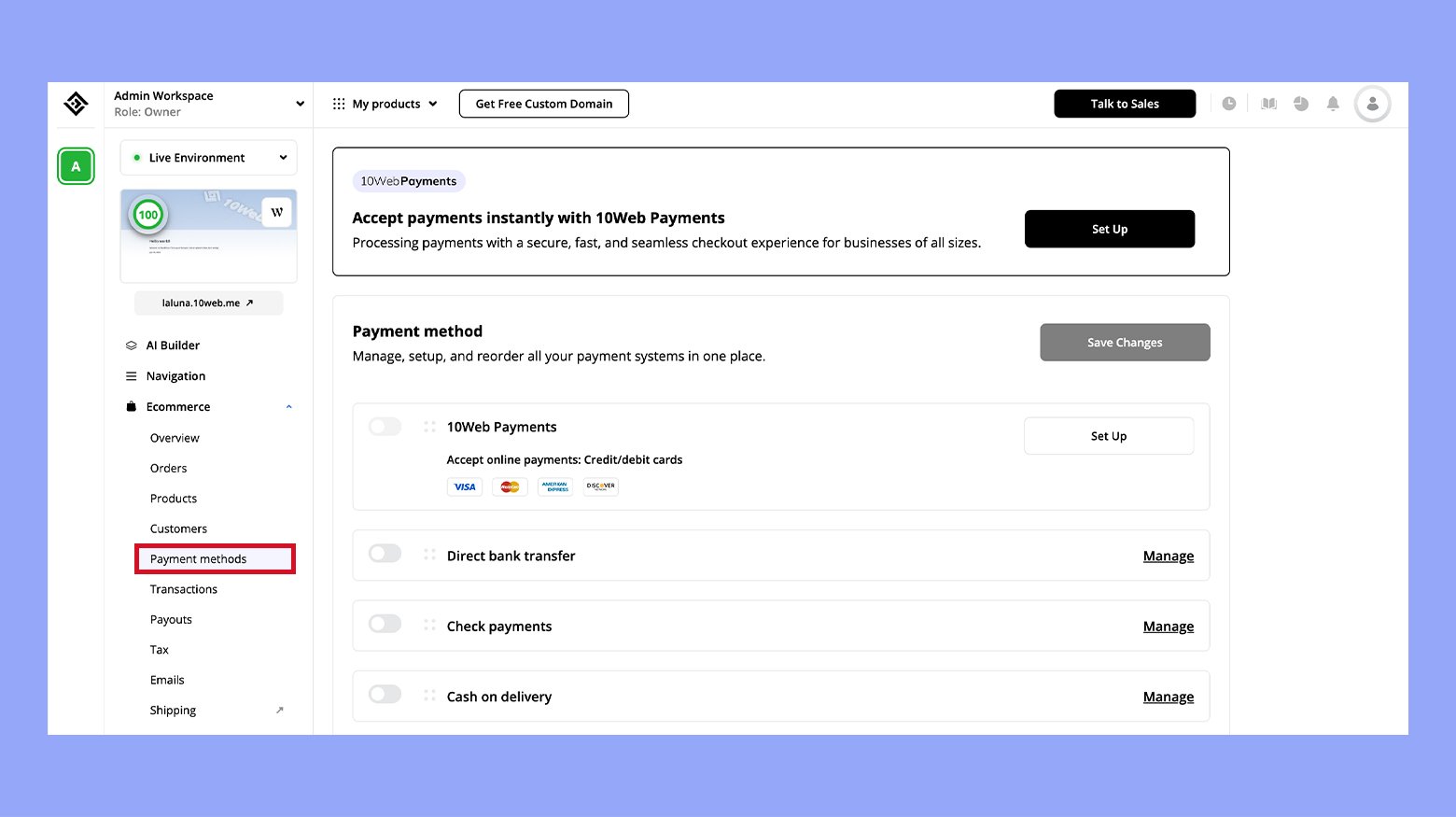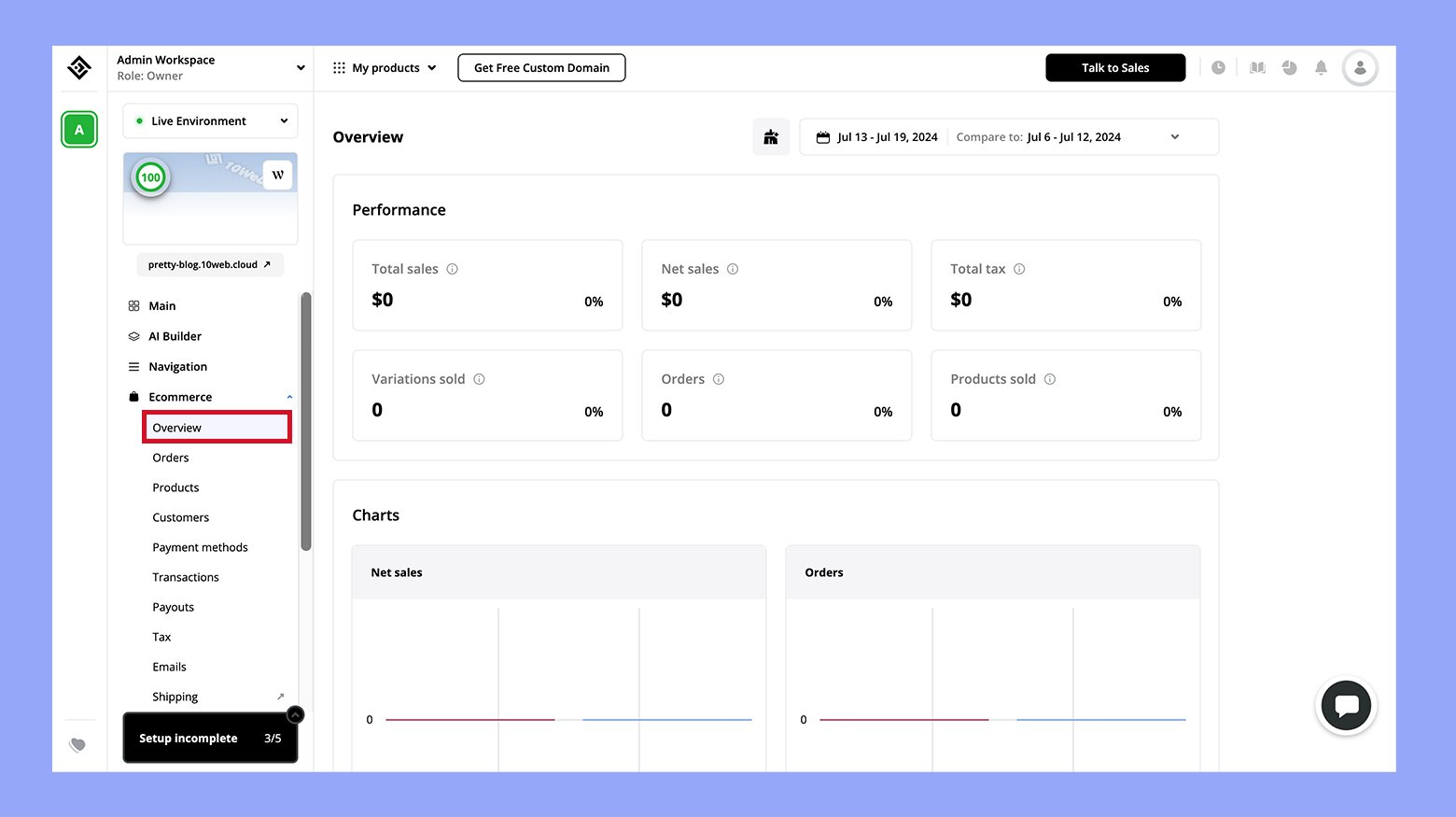Selling jewelry online presents an exciting opportunity to combine creativity with entrepreneurship. The digital marketplace allows you to reach a global audience, showcasing unique pieces that can attract a wide range of customers. With the right strategies, you can tap into the growing demand for online jewelry shopping, creating a successful and rewarding business. Embrace the chance to build your brand, engage with customers, and turn your passion for jewelry into a thriving enterprise.
FAQ
Which online site is best for selling jewelry?
Is it a good idea to sell jewelry online?
How do I get the most money from selling jewelry?
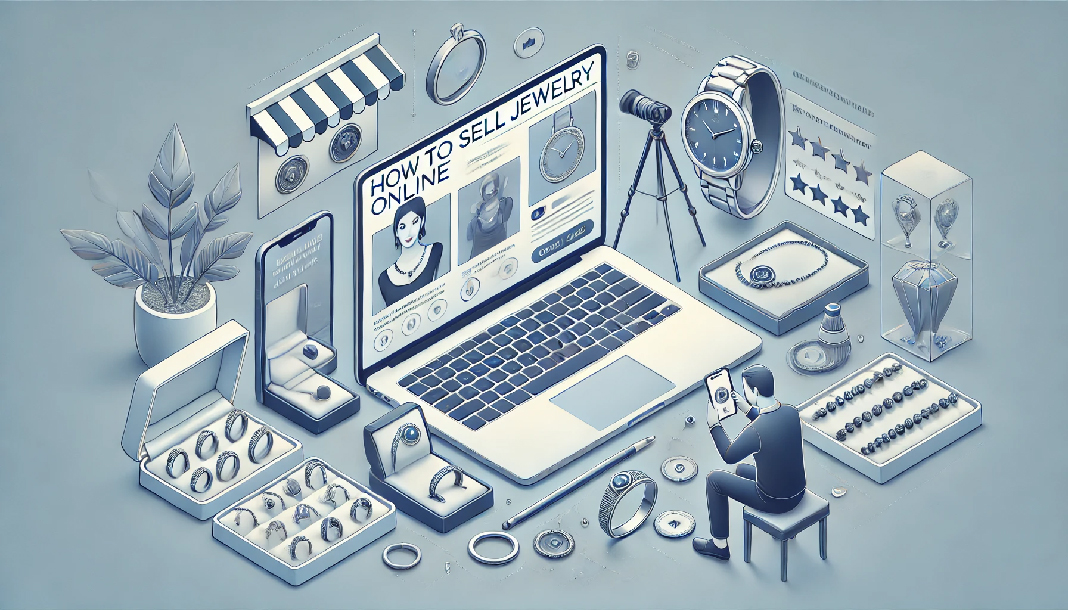
Defining your jewelry sales objectives
When selling jewelry online, your goals differ based on whether you’re selling products or integrating ecommerce into an existing website. Knowing your specific needs will help in shaping your online strategy.
Seller type 1: Jewelers that want to go online
As a jeweler, you design, create, and sell jewelry pieces such as rings, necklaces, and bracelets. You work with various precious metals and gemstones to craft unique items. You often sell your creations directly to consumers through your own store or online platform.
Jewelers occupy a unique position in the online jewelry market. As a jewelry designer, having a clear USP and possessing the ability to showcase your craftsmanship directly to worldwide consumers are keys to success.
Challenges
- Standing out in a competitive market: Demonstrating how your brand differs from other renowned jewelry brands in a crowded digital marketplace.
- Ensuring authenticity and brand reputation: Maintaining your brand’s integrity in the digital sphere is essential, as counterfeit or imitation jewelry can damage your customer’s trust.
- Investing in ecommerce infrastructure and marketing: Reaching your target audience requires a robust ecommerce platform and effective marketing strategies.
Opportunities
- Collaborations with influencers and celebrities: Create limited-edition jewelry pieces at a premium price, boosting your brand recognition.
- Direct-to-consumer sales: Eliminate intermediaries to enjoy higher profit margins and build a direct relationship with your customers.
- Minimizing dead stock: Offer discounts at the end of each season to quickly sell your inventory to a broader audience.
- Reducing overhead costs: Lower the expenses associated with maintaining brick-and-mortar stores.
If you are a jeweler looking to go online, we recommend choosing option 1 (explained in detail in the “Option 1” section).
Seller type 2: Wholesale distributor
Wholesale distributors buy jewelry in large quantities from manufacturers and sell them to retailers at a higher price. You play a crucial role in the supply chain, ensuring that retailers have a consistent stock of jewelry to sell. You often deal with multiple brands and offer a wide variety of products to retailers.
Wholesale distributors occupy a crucial role in the online jewelry market. As a jewelry distributor, having an extensive network and the ability to offer a wide variety of products to retailers can lead to significant success.
Challenges
- Competing in a saturated market: Differentiating your offerings from other distributors and attracting retailers in a competitive digital space.
- Ensuring smooth supply chain management: Maintaining efficient inventory control and timely delivery to meet the demands of your retail clients.
- Investing in ecommerce infrastructure and marketing: Developing a robust online presence and reaching your target retailers require significant investment in technology and marketing.
Opportunities
- Expanding your reach: Access a global market of retailers looking for reliable jewelry suppliers.
- Offering bulk discounts: Attract more retailers by providing competitive pricing and bulk purchase discounts.
- Leveraging data analytics: Use online tools to gather insights on retailer preferences and market trends, helping you optimize your inventory and marketing strategies.
- Reducing operational costs: Lower the costs associated with traditional sales methods and physical warehousing by optimizing your online operations.
Seller type 3: Retailer
Retailers sell jewelry directly to the public, either through a physical storefront or an online shop. You curate a selection of pieces from various suppliers to offer to your customers. You focus on providing a pleasant shopping experience, showcasing products attractively, and offering customer service to assist buyers.
Jewelry retailers have a unique opportunity in the online market. As a retailer, curating a diverse selection of jewelry and providing an excellent shopping experience can help you attract a wide range of customers.
Challenges
- Standing out in a competitive market: Differentiating your store from numerous other online jewelry retailers.
- Ensuring seamless customer experience: Providing a user-friendly website and exceptional customer service to build trust and loyalty.
- Investing in ecommerce infrastructure and marketing: Creating an effective online presence and reaching your target audience requires significant investment in technology and marketing.
Opportunities
- Reaching a broader audience: Expand your customer base beyond your local area by selling online.
- Utilizing targeted marketing: Use social media, email campaigns, and SEO to attract and retain customers.
- Offering a diverse product range: Curate a variety of jewelry pieces from different suppliers to cater to various tastes and preferences.
- Reducing overhead costs: Lower the expenses associated with maintaining a physical store by optimizing your online operations.
Understanding today’s market
The market landscape is continuously evolving, shaped by trends, technological advancements, and consumer preferences. Understanding these factors is crucial for making informed decisions.
Trends: Stay updated on current trends to remain competitive. This includes recognizing shifts towards sustainability, personalization, and the demand for unique, handmade products.
Competition: Identify your competitors and analyze their strengths and weaknesses. This analysis helps in effectively positioning your products and services.
Consumer behavior: Consumers increasingly prefer products that reflect personal style and identity. Quality and craftsmanship are also significant factors influencing purchasing decisions.
Technology: Leverage ecommerce platforms, social media, and digital marketing tools to expand your reach. Technology also plays a vital role in enhancing inventory management and customer engagement.
Recommendation
Whether you’re a jeweler creating your own pieces, a wholesale distributor or a retailer, you can choose the option best fitting your goals. With option 1, you’ll have your online jewelry store where you can build a great brand by branding the jewelry you’re sourcing from a third party or selling your own handcrafted pieces. With option 2, you can leverage third-party platforms like Amazon (benefits explained below). With option 3, you can use social media platforms like Instagram and Facebook to reach a wider audience and engage with potential customers directly.

Looking to sell online?
Create your custom online store in minutes with 10Web AI Ecommerce Website Builder and take your business online.
Option 1: Making your own online store
Making your own online store can provide you with control over branding, customer interaction, and sales processes. You’ll find it’s easier to build strong relationships with your customers and create a unique shopping experience.
The benefits of creating your own online shop
Creating your own online store allows you to have full control over your brand identity. You can customize the look and feel to match your vision perfectly. This will help you stand out in a crowded market.
Having your own site means you aren’t paying fees to online marketplaces, increasing your profit margins. Additionally, you have full control over payment methods, such as integrating PayPal or credit card options. Ensuring quality customer service and building trust through secure shipping and insurance options becomes straightforward.
Owning your store also gives you the chance to use SEO best practices to improve your search engine ranking. This can drive more organic traffic to your site, targeting your specific audience.
How to create an online store using 10Web builder
Creating an online platform for your business with 10Web Builder is simple and efficient. To create an online store follow these steps:
- Go to the AI Ecommerce Website Builder page and click Generate your website.

- Select Proceed to create a new website with AI.

- Choose the second option to create a website with an online store.

- Enter your business type.

- Provide a business name and description. Use the Enhance with AI tool if needed.

- Choose Yes to get a domain or click No if you have one already.
- Enter details for your first three services and categories. AI will pre-fill them for you, you can edit or keep the suggestions. When done, click Finalize, and wait for 10Web to generate your site.

- Once your site is generated, preview it and make any necessary adjustments using the user-friendly tools provided by 10Web.
Steps to manage your store from the 10Web dashboard
- Add and manage products: Use the WooCommerce plugin to add, edit, and organize your products.

- Configure store settings: Set up currency, location, tax settings, and measurement units in WooCommerce.
- Set up payment methods: Enable and configure payment gateways like PayPal and Stripe in WooCommerce settings.

- Manage shipping options: Configure shipping zones, methods, and rates in WooCommerce.
- Optimize performance: Use the 10Web Booster plugin to enhance site speed and performance.
- Monitor analytics: Track sales, customer behavior, and traffic in the Overview section.

- Ensure security: Install security plugins and regularly back up your site using 10Web tools.
- Customer management: Manage customer accounts, orders, and communications with WooCommerce tools. Integrate live chat or support ticket plugins for customer support.
- Optimize for SEO: Use keywords related to your products in titles, descriptions, and meta tags.
Launch your store, make your site live and test functionalities to ensure everything works smoothly.
Using 10Web Builder makes the process user-friendly, especially for beginners. Its drag-and-drop interface simplifies website creation, and its integrations (like Shopify for inventory) provide useful tools for managing your store.
Tips to promote and grow your online store
Promotion and growth are crucial for the success of your online store. Start by building a strong brand identity. Use consistent images, colors, and messaging across your site and social media.
Email marketing is an effective way to reach your customers. Collect customers’ emails and send regular updates about new products, promotions, and special sales. This keeps your audience engaged and informed.
Utilize SEO best practices by optimizing content with relevant keywords to improve your site’s visibility on search engines. Write blog posts, use meaningful product descriptions, and ensure your site’s structure is search-engine-friendly.
Engage in social media marketing to create buzz around your store. Use platforms like Instagram and Facebook to showcase new jewelry designs and run promotions.
Additionally, offer exceptional customer service by providing prompt responses, easy returns, and secure payment and shipping options. This builds trust and encourages repeat business.
Essentials of jewelry ecommerce logistics
Efficient logistics and inventory management are crucial for success in selling jewelry online. This section will cover crafting a cost-effective shipping strategy and managing inventory with insurance considerations.
Crafting a cost-effective shipping strategy
Shipping is a significant part of ecommerce logistics, especially for jewelry. Using reliable carriers to ensure timely delivery and minimize shipping costs is essential. To start, research different shipping providers and compare their rates and services.
Next, consider offering multiple shipping options. For example, provide standard, expedited, and overnight shipping to cater to various customer needs. Also, use a shipping calculator to include real-time shipping rates during checkout.
Implementing a flat rate shipping system can help streamline shipping costs. Make sure to package your jewelry securely using proper materials like bubble wrap and sturdy boxes to protect against damage. Lastly, always print clear and precise shipping labels to avoid delivery issues.
Inventory management and insurance considerations
Proper inventory management is key to keeping track of your jewelry and ensuring smooth operations. Start by using inventory management software to monitor stock levels, update quantities, and track sales in real-time. This will help you avoid both overstocking and stockouts.
Insurance is critical when handling valuable items like jewelry. Ensure that your inventory is insured by choosing a reliable insurer who covers losses due to theft, damage, or other unforeseen circumstances. Review their terms to understand what is included.
Store your jewelry in a secure location with limited access to minimize risk. Consider using safes or secure cabinets and monitor them with cameras. Regularly audit your inventory in order to ensure everything is accounted for and in good condition.
To sum up, managing inventory efficiently will help streamline your daily operations and protect your valuable assets from loss or damage.
Legal and financial aspects of online sales
When selling jewelry online, it’s essential to address legal and financial considerations. This includes understanding taxes, registering your business, and setting up a secure and efficient payment system.
Understanding taxes, duties, and business structures
To legally sell jewelry online, you must comply with tax laws. You should understand how sales tax affects your transactions, especially if you operate across state lines or internationally. Accurate record-keeping is crucial to ensure compliance.
Registering your business with an appropriate structure, like an LLC, can provide liability protection and potentially offer tax benefits. Also note that depending on your country’s laws, you might need a business license. Taking these steps early on helps prevent legal issues later.
Key points:
- Sales tax: Know your state’s sales tax requirements and how to collect them.
- Business structure: Consider forming an LLC for liability protection.
- Business license: Obtain necessary licenses to operate legally.
Setting up secure payment gateways
Securing your payment process is vital for trust and financial safety. Start by choosing reliable payment gateways such as PayPal, Stripe, or Square. These platforms offer buyer protection, ease of use, and wide acceptance.
Integrate these gateways into your website following their specific setup guides. Ensure your site uses HTTPS encryption to protect your customers’ data. Also, be aware of any commission fees charged by payment processors, as these affect your profit margins.
Steps to set up:
- Choose a reputable payment gateway (e.g., PayPal or Stripe).
- Follow the setup instructions provided by the chosen gateway.
- Integrate payment options into your website.
- Ensure your website has HTTPS encryption for security.
- Monitor and manage transaction fees to maintain profitability.
Taking care of these aspects ensures a smooth and compliant online jewelry business.

Looking to sell online?
Create your custom online store in minutes with 10Web AI Ecommerce Website Builder and take your business online.
Option 2: Selling on online marketplaces
Selling on online marketplaces offers a straightforward way to reach a large audience. It simplifies logistics and often provides built-in marketing tools.
Advantages and disadvantages of selling on online marketplaces
Advantages:
- Large audience: Marketplaces like Amazon have millions of users which can significantly boost your visibility.
- Convenience: These platforms handle many aspects of online selling, such as payment processing and sometimes even shipping.
- Trust: Major marketplaces have established trust with consumers, which can make people more likely to purchase from you.
Disadvantages:
- Fees: Marketplaces usually charge listing and commission fees. For example, Amazon takes a percentage of each sale.
- Competition: High visibility comes with high competition.
- Control: You have less control over your brand’s presentation compared to having your own website.
Best places to sell your products online
Amazon: It’s a leading marketplace with a huge audience. You can choose between a Professional Selling Plan for high-volume sellers and an Individual Plan for those with fewer listings. There’s also Amazon Handmade for custom items.
The RealReal: Focuses on luxury consignment. You send in your jewelry, which they authenticate and list for you.
1stdibs: Known for high-end items. You’ll need to fill out a seller application to get started.
Tips to successfully sell on an online marketplace
- Optimize listings: Use high-quality images and detailed descriptions to attract buyers.
- Competitive pricing: Research similar products and set your prices accordingly. Make sure to factor in marketplace fees and your profit margin.
- Manage inventory: Keep track of your stock levels to avoid running out of items.
- Fulfillment: Decide whether to handle shipping yourself or use marketplace fulfillment services, like Fulfillment by Amazon (FBA).
- Customer service: Provide excellent customer service to earn good reviews and repeat customers.
Staying informed about your chosen marketplace’s policies and promoting your listings using the platform’s tools can further help you succeed.
Option 3: Selling on social media
Selling jewelry on social media platforms offers you an excellent opportunity to reach a broad audience, engage with potential customers, and showcase your products interactively. However, relying solely on social media does come with challenges.
Benefits and disadvantages of selling on social media
Benefits:
- Vast user base: Platforms like Facebook, Instagram, and Pinterest have millions of active users, ideal for attracting a wide range of customers.
- Direct interaction: Engage with buyers through comments, direct messages, and live chats to build trust and loyalty.
- Visual appeal: Instagram and Pinterest are perfect for showcasing beautiful jewelry.
- Targeted advertising: Use Facebook Ads and similar tools to reach specific demographics and spend your marketing budget effectively.
- Influencer endorsements: Utilize influencers to promote your products to their followers, providing authentic endorsements.
Disadvantages:
- Platform dependency: Changes in social media algorithms can reduce your content’s visibility and impact your sales.
- Limited features: Social media may not offer all the functionalities needed for order management and customer service. Instagram Shops and Facebook Marketplace may not be as comprehensive as an ecommerce site.
- High competition: Many sellers are vying for the same audience, requiring continuous effort and creativity to stand out and keep engagement high.
Tips to sell on social media
Start by creating a strong visual brand. Use high-quality images and consistent styles to make your posts attractive. Post regularly but focus on quality over quantity.
Engage with your audience. Respond to comments and messages promptly to build relationships and trust. Use stories, reels, and live videos to keep followers interested.
Consider using paid advertising. Use the targeting options in Facebook Ads or Instagram Ads to reach the right audience. Experiment with different ad formats to see what works best.
Track your performance with tools like Google Analytics. This helps you understand what’s working and where you can improve.
Lastly, collaborate with influencers in your niche. Their endorsement can bring credibility and help you reach a wider audience.
Optimizing your online jewelry business
To get the most out of your online jewelry business, it’s essential to create engaging product listings, use effective search engine optimization (SEO) strategies, and develop a strong marketing plan. Each of these areas will help you attract and retain customers.
Creating compelling listings for your jewelry
Engaging product listings are crucial for attracting customers. Use high-quality photographs that showcase your jewelry from different angles. Make sure to use good lighting and close-up shots to highlight details.
Include clear, concise descriptions that mention the materials, sizes, and unique features of each piece. Use bullet points to make key information easy to read.
Don’t forget to specify your pricing, incorporating any possible discounts or bundles to make your offers more attractive.
Leveraging SEO best practices
SEO is vital for making your jewelry store visible to potential customers. Start by researching keywords related to your jewelry niche. Tools like Google Keyword Planner can be helpful for this.
Use these keywords naturally in your product titles and descriptions. For instance, if you’re selling handmade silver earrings, include phrases like “handmade silver earrings” in your listings.
Also, ensure your website loads quickly and is mobile-friendly. You can add alt tags to your images with descriptive keywords, unlike simply naming them “image1.jpg.”
Developing an effective marketing plan
A strong marketing plan can boost your online jewelry sales. Identify your target audience by considering factors like age, interests, and spending habits. This helps you tailor your marketing messages more effectively.
Leverage social media platforms like Instagram and Pinterest, which are popular for sharing jewelry photos. Post regularly and engage with your followers by responding to comments and messages.
Consider running paid ads to reach a wider audience. You can start with a small budget and monitor the results to see what works best.
By focusing on these key areas, you can enhance your online jewelry business and attract more customers.
Conclusion
Embarking on an online jewelry business journey can be both thrilling and profitable. By focusing on key strategies such as niche selection, effective marketing, and seamless ecommerce integration, you can navigate the challenges and seize the opportunities of this dynamic market. The digital landscape offers endless possibilities for showcasing your creativity, reaching a diverse audience, and building a loyal customer base. With dedication and smart planning, you can transform your passion for jewelry into a successful online venture, enjoying both personal and financial rewards.


